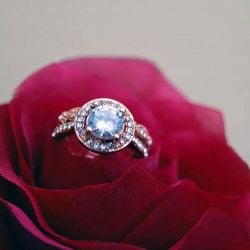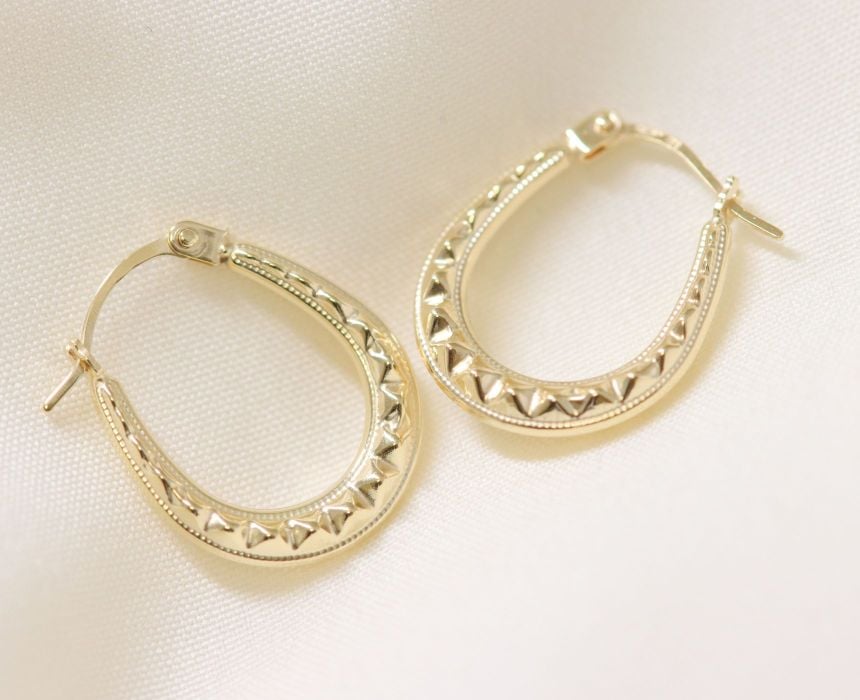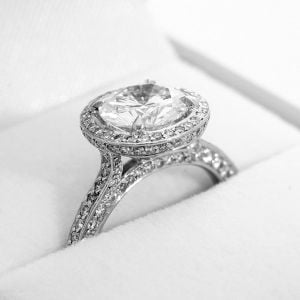- ‹Home
- ‹
- /
- Jewellery & Watch Guides
- /
- The History of Rolex

The History of Rolex
Rolex is the most well-regarded watch manufacturer and even transcended the watch market to be one of the most reputable brands in the world. But how from humble beginnings has Rolex grown to be the horological powerhouse it is today?Rolex Watches

Hans Wilsdorf
The founder of Rolex, Hans Wilsdorf, is the prodigious innovating force behind the Rolex brand. Born in 1881, few people have passed on a more valuable legacy to the watch-making world.Born in Kulmbach, Germany, early life for Hans was not easy. By twelve years old he was an orphan after his mother died when he was a boy and his father sadly died soon after. Looked after by his uncles, Hans received a superb education and shone in mathematics and languages. Such skills transferred well and gave him the confidence to take up his first job working for an international pearl exports company.
His first taste of watchmaking came in 1900 when he began working for the watch firm Cuno-Korten after moving to Chaux-de-Fonds, Switzerland. Here, he worked primarily as an English correspondent with the British Empire and the United States' biggest markets for Swiss watches. However, he also spent a significant amount of time winding hundreds of watches. It was here that Wilsdorf's love for the mechanics of watches was sparked which ultimately became his lifelong passion.

Beginning of Rolex
In 1903, Wilsdorf moved to London to work for another high-end watchmaker but in 1905, partnered with his brother-in-law Alfred Davis to set up Wilsdorf & Davis to continue his passion for watchmaking as a personal venture. Wilsdorf & Davis assembled and marketed watches using parts imported from Switzerland.At just 24 years old, Wilsdorf already had a clear vision for his nascent company. Whilst it is hard to imagine today, back in 1905, the humble wristwatch was an uncommon sight, if not derided, in the world of watches. The pocketwatch reigned supreme, with many sceptical over whether the technical challenge of making a reliable watch small enough to fit comfortably on one's wrist, was even possible, never mind whether it could be made affordable to the masses.
Moreover, "wristlet" watches, as they were known, were seen as rather effeminate compared to the pocket watch. However, Wilsdorf remained steadfast in his belief that a wristlet watch had "enormous potential in a sports-minded country…like Great Britain". Such credence empowered the Rolex brand to-be that we know and love to this day.
Rolex: What's In a Name?
So how did Wilsdorf & Davis evolve into Rolex? In 1908, Wilsdorf trademarked the name Rolex in London and opened their first office back in the horological hub of La Chaux-de-Fonds. The name Rolex, as admitted by Wilsdorf on Rolex's 50th anniversary in 1958, came to him on the top level of a double-decker horse-drawn bus after combining the letters of the alphabet in every possible way. The settling on Rolex, as opposed to the hundreds of other names ideated, was said to be due to its ease of pronunciation in any language (a glimmer into Wilsdorf's marketing erudition) and its sound akin to that of a watch being wound.

The Rolex Reputation For Excellence
Given the ubiquity of wristwatches today, it's difficult to appreciate the gamble Wilsdorf made in backing the wristlet horse. Beyond the wristlet's feminine connotations was also the technical challenge of developing an accurate chronometer in the size of a wristwatch.However, the challenge was made much easier through Wildorf's relationship with one Hermann Aegler, whom he first met during his years in La Chaux-de-Fonds back in 1902. Aegler had begun manufacturing 'ebauches', small watch movements. The technical challenge was close to being overcome as Wilsdorf had found a supplier for miniaturised movements for wristwatches where large movements for big pocket watches were the norm. The Wilsdorf-Aegler partnership was crucial to Rolex's original recognition. The combination of Willdorf's drive for excellence came to ahead in 1910, a Rolex wristwatch becoming the first to carry the Swiss Certificate Of Chronometric Precision.
Not until 2004 did Rolex finally assume the Maison Aegler company. Before that, the company that manufactured Rolex's calibres – the internal mechanism of the Rolex watch – was a separate entity from the Rolex brand.
Rolex & World War I
With the outbreak of war in Europe in 1914, Wilsdorf & Davis officially became The Rolex Watch Company. Just before the outbreak of the Great War, a Rolex watch was awarded a Class A precision certificate by the Kew Observatory in 1914 – the first time a wristwatch had achieved such a feat. Such an award continued to authenticate the value of the Rolex brand. It was also in 1914 that Wilsdorf confidently conjectured that pocket watches will disappear, to be replaced by the wristwatch.
Wartime conditions took their toll on Rolex. However, In 1915 customs duty was heavily increased and levies on gold and silver, used in the watches' production, also increased resulting in ever-mounting costs. Resultingly, Wilsdorf relocated to Geneva, primarily to be closer to its key partner Aegler, based n Bienne.

The Rolex Oyster: A Game-Changing Model
As noted above, the Rolex brand had gained a reputation for excellent timekeeping. However, Rolex's biggest challenge was how to everlast this reputation. Indeed, the infiltration of moisture and dust into the watch casing could damage the calibre and therefore, upset the watch's accuracy.In 1926, Rolex produced the first waterproof and dustproof wristwatch, named 'Oyster'. Wilsdorf had worked on a waterproof watch, originally called the Hermetic or sometimes, the Submarine. Whilst successful in being waterproof, it sealed in both the movement and winding crown, hence a wearer would need to open up the watch to adjust or wind it.
A patent registered in the Swiss patent register filed by Paul Perregaux and Georges Peret created a new system which featured a screw-down crown into a threaded tube providing a far more practical solution. Wilsdorf bought the patent and on the 29th July 1926, "Oyster" was registered as a Rolex trademark.
Not content with simply solving the problem of waterproofing wristwatches, Wilsdorf was eager to improve it. The Rolex Oyster was the first in a long line of watches to become synonymous with great human achievement. Wilsdorf implored the talents of famous channel swimmer Mercedes Gleitze, who wore the Oyster around her kneck during an unsuccessful attempt at swimming the English Channel in 1927. Whilst Mercedes failed to cross on that occasion (she would succeed a year later), the watch was a triumph in keeping perfect time. To hammer home the point, Wilsdorf published the feat on the front page of the Daily Mail for an entire month and even displayed the Oyster in aquariums at various retailers throughout London.
The Oyster Perpetual: The World's First Automatic Watch
Just a handful of years after developing the world's first waterproof wristwatch, Rolex continued to strive for innovation by achieving the creation of the first self-winding (what we now refer to as 'automatic') wristwatch. In 1931, the combination of the Oyster's water and dustproof case with the Perpetual rotor that turned 360 degrees to generate energy for the mainspring created the Oyster Perpetual. This watch secured Wildorf's and Rolex's reputation as master watchmakers.
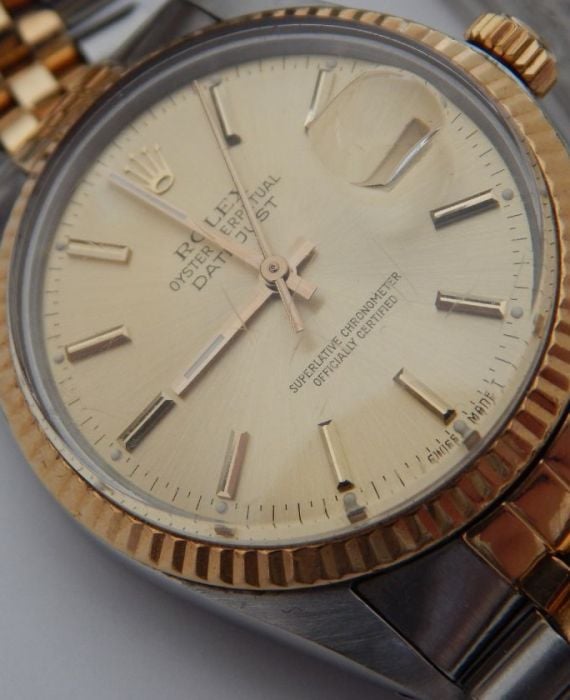
Rolex and World War II
Now an established brand, Rolex was given further validation by pilots of the Royal Air Force who replaced their standard issue timepieces with the more accurate, reliable and durable Rolex models. However, when captured and interned in prisoner of war camps, their Rolexes were confiscated. After hearing of this, Wilsdorf offered to replace all lost Rolexes without payment until after the war, if the officers wrote to Rolex explaining their situation and where they were being held. Delivered watches were often attached with a personal note from Wilsdorf stating that fine officers should not even think about settlement during the war.Not only did the freshly delivered watches deliver a timely morale boost, but they were also used by the wily officers for escape, including the most audacious plot of them all, The Great Escape. Several watches were delivered to Luftwaffe-run PoW camp Stalag Luft III including to Flight Lieutenant Gerald Imeson and Corporal James Nutting. Imeson was a 'penguin' in the daring plot, those who famously released dug soil from holes in their trouser pockets.
Imeson, however, didn't make it out and instead went on to survive the war, evading Russian advances via enervating forced marches and ultimately repaying the 250 Swiss franc watch cost. Nutting impressed Wilsdorf by opting for the more expensive Rolex Oyster as ordered by Imeson, despite only being a non-commissioned officer. The delivered watch was then used by Nutting to time prison guard patrols and time the escapees through 'Harry' on that fateful day on 24th March 1944.
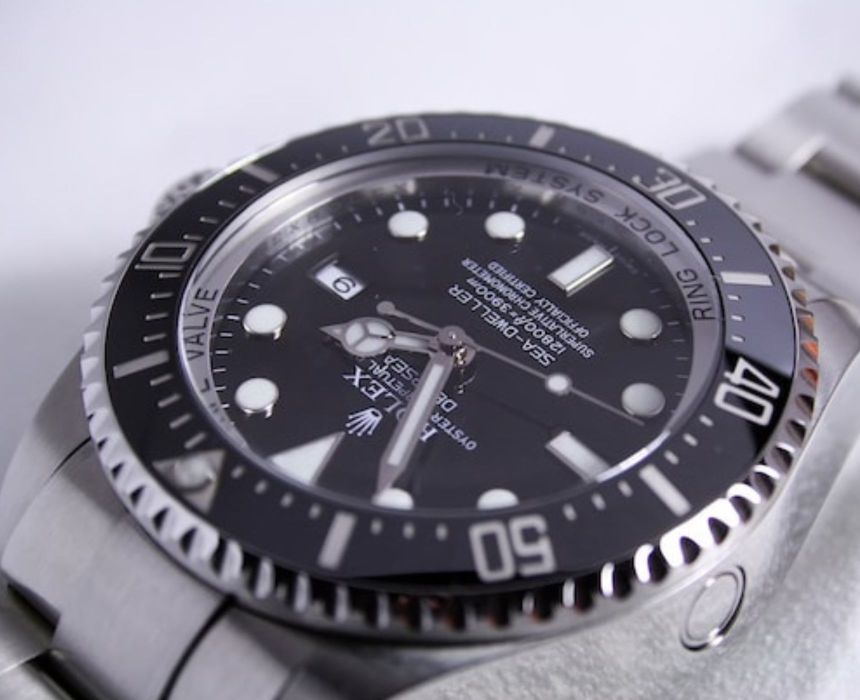
The Datejust and Day-Date
In the context of wristwatches, it is difficult to properly emphasise how Rolex have either invented or proliferated many horological features that we take for granted today. Beyond first popularising wristwatches, then making them waterproof and then making them automatic, the Rolex watch could still only offer the wearer the time in seconds, minutes and hours. In 1945, however, this all changed as Rolex introduced the first chronometer with an automatically changing date – the aptly named Datejust.The Day-Date model followed in 1956 and was the first watch to show both the day, spelt in full, and date. The day was displayed at twelve o'clock, whilst the date continued to be shown in a window at three o'clock as with the Datejust. It was nicknamed the President' after being gifted to then President of the U.S., Dwight Eisenhower.
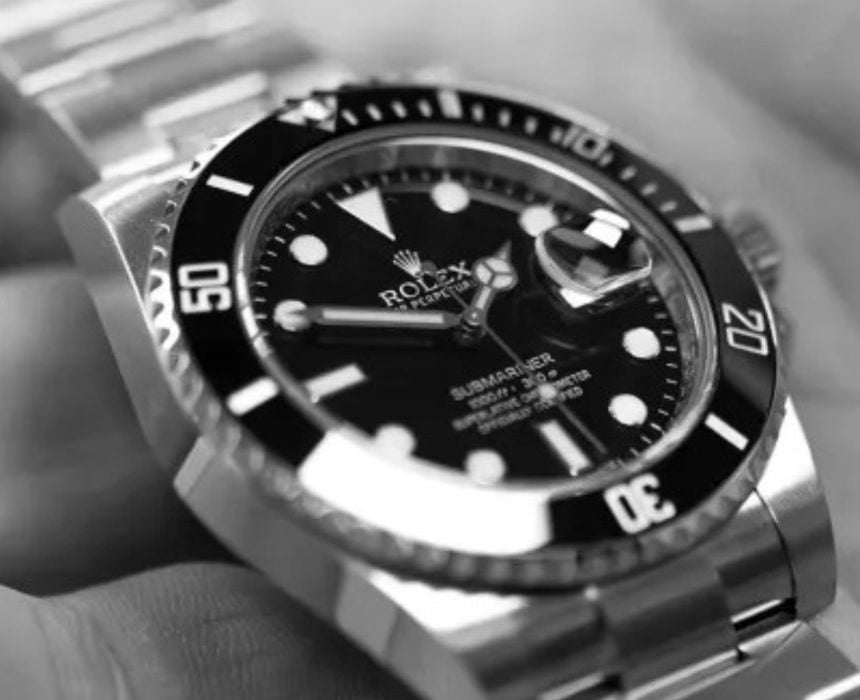
Rolex: A Testament To Human Achievement
As outlined above, Wilsdorf and Rolex have always been at the forefront of watchmaking. Many watchmakers were also inventing and adding creative innovations to their watches. So, whilst Rolex had made a name for themselves throughout the 1910s, 20s, 30s & 40s, through technical achievement, what made Rolex continue to stand out as the competition also upped their game?This is the genius of Wilsdorf who famously noted that 'only great marketing is needed to make a company successful. For Wilsdorf, this went beyond simply recognising features that users demanded and supplying them. Instead, it was not only the features but what the features allowed a wearer to achieve, and what that suggested of the wearer.
The waterproof Oyster Perpetual was not only proved technically proficient by channel swimmer Mercedes Gelitze but also became synonymous with durability and endurance. In 1953m, it was also on the wrist of Tenzing Norgay, who along with Sir Edmund Hillary, were the first men to summit Everest. Indeed, with the greatest of human achievement, you'll usually find a Rolex on the wrist of the endeavoured. Throughout its history, Rolex became wholly associated with the zeitgeist of human accomplishment.
Rolex Submariner & Deep Sea
The perfect examples of technical watch innovation meeting human exploration are the Rolex Submariner and Deep Sea models. Introduced to the public in 1954, the Rolex Submariner was the first watch to be waterproof up to 100m. With diving an increasingly popular sport and exploration as an endeavour at its peak, Rolex designed watches that were accurate anywhere man wanted to take them. Whilst Rolex had conquered Everest, attention was turned to the deep sea.
In 1960, the Trieste was the first crewed vessel to reach the bottom of Challenger Deep – the deepest known point of the seabed on Earth located in the Mariana Trench, the deepest trench on Earth. Can you guess what was attached to the outside of the bathyscaph? A Rolex Deep Sea Special. Despite pressure reaching up to 1,000 times that of the surface (that's 8 tonnes per square inch), the Rolex was unharmed. Jacques Piccard, one of the two pilots along with Don Walsh, afterwards remarked that the watch "works as well at 11,000 meters as it does on the surface".
With every watch that stood unscathed despite whatever trials and tribulations that man could put it through, only stood to reaffirm Rolex's superior quality. With this, Rolex doesn't sell a watch, it sells a celebratory symbol of achievement, venture and aspiration. In the words of Wilsdorf himself, every Rolex must be an ambassador of quality.

A History That Determines Its Future
Wilsdorf's unrelenting ability to anticipate repressed desires and demands made Rolex a trailblazing brand. This is easily demonstrated by the numberable 'firsts' held by the company from the first waterproof wristwatch and first automatic wristwatches to the first automatically date-changing watches. Rolex will continue to think and act differently in the unrelenting spirit of excellence based on a perpetual formula for creating horological alchemy.ROLEX TIMEPIECES





